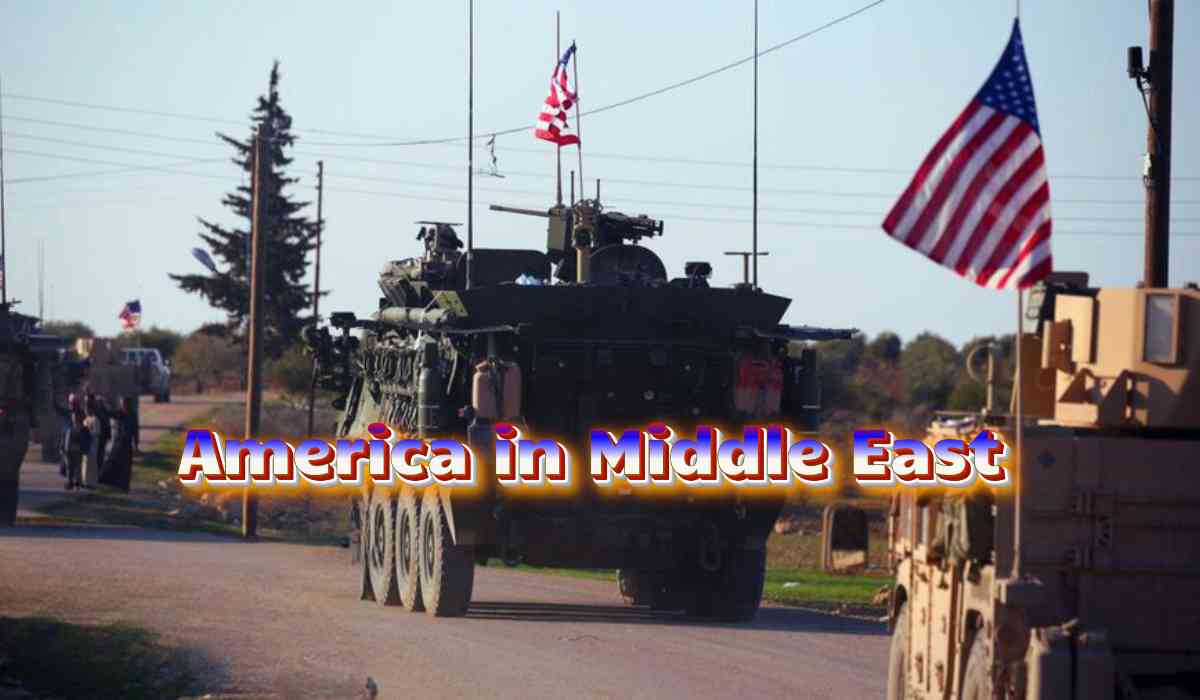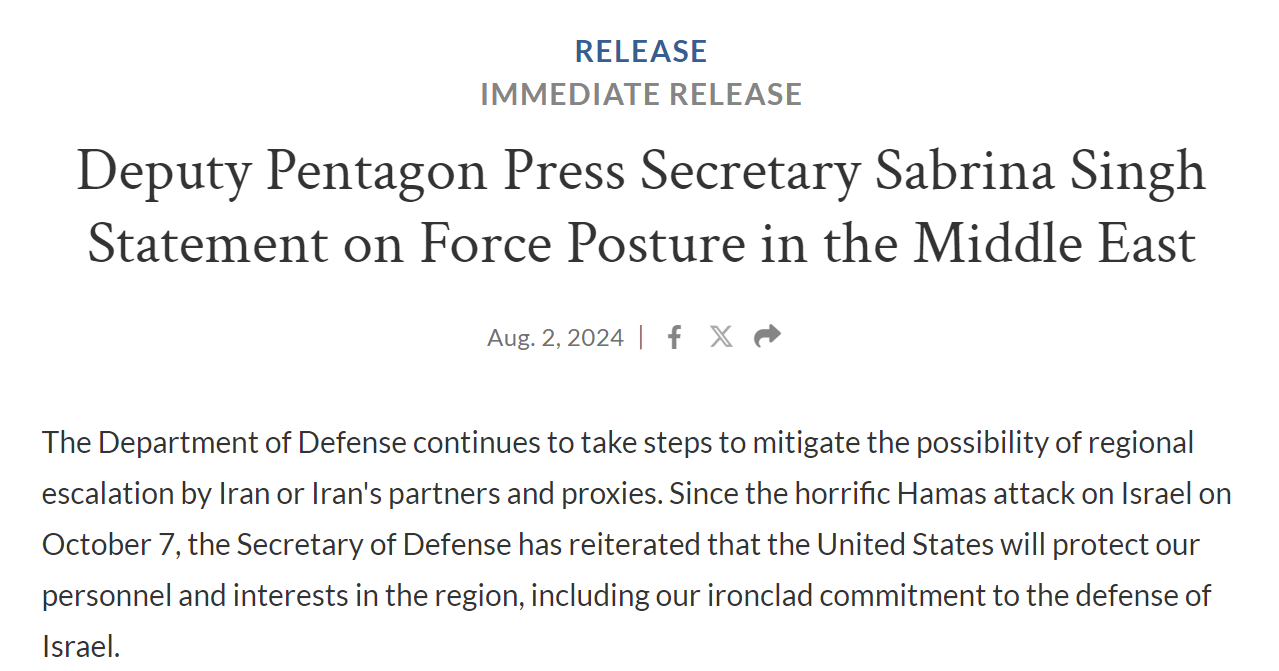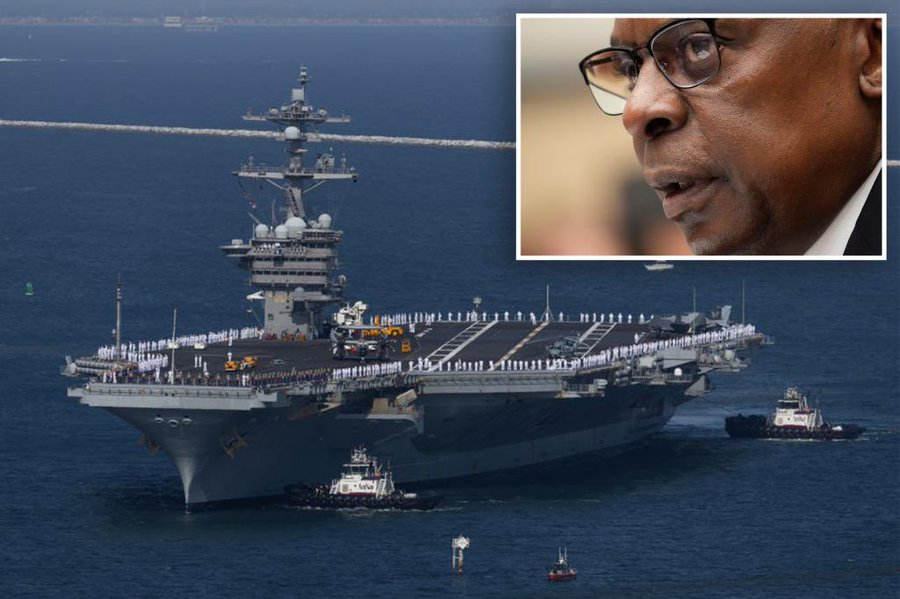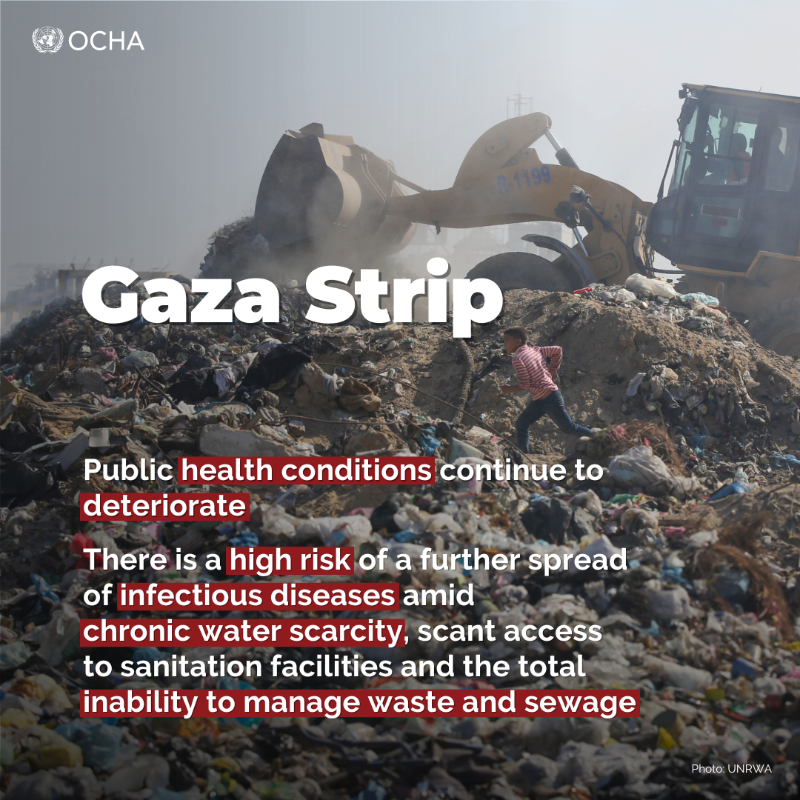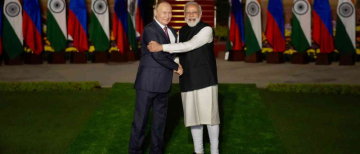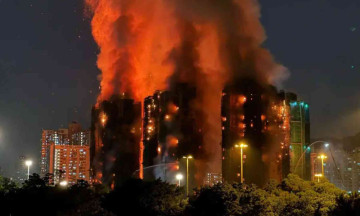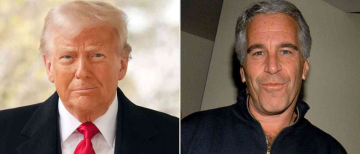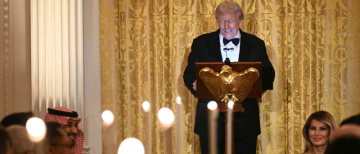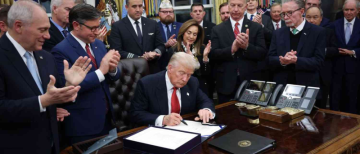The Middle East remains a hotspot of conflict, exacerbated by ongoing intervention and military support from the United States. By supplying war machinery and bolstering its military presence, America perpetuates instability and fuels turmoil in the region.
Recent Events Highlighting the Issue
Violence in Gaza
-
Khan Younis Attack: Israeli forces targeted a home in the Miraj area, south of Khan Younis, resulting in the deaths of at least five people. This attack is part of a broader pattern of violence, including artillery shelling in central Gaza’s Bureij, which killed a mother and her child.
-
Ongoing Palestinian Resistance: Groups like the Al Aqsa Martyrs Brigades and the National Resistance Brigades have actively opposed Israeli forces, leading to disruptions in Israel's ground operations in Rafah.
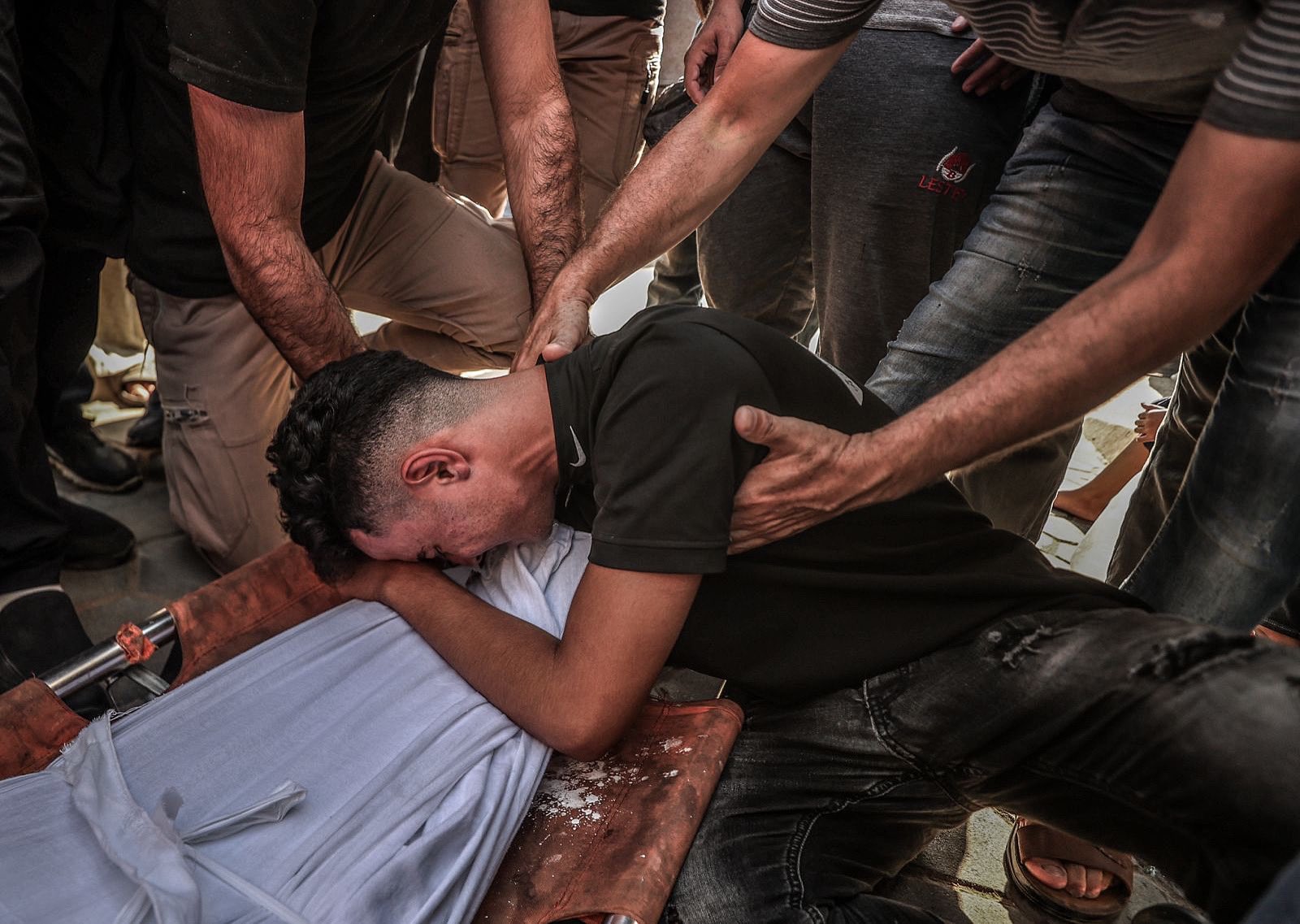
Arrests and strikes
-
Widespread Arrests: Israeli military operations have led to the arrests of multiple Palestinians across Jenin, Bethlehem, Nablus, and Jerusalem. This includes the detention of a Palestinian journalist and other civilians, further fueling tensions.
-
Impact of Night Strikes: The overnight strikes in Gaza claimed the lives of eight Palestinians and left over 30 others injured, including a pregnant woman and her family, who tragically lost their lives.
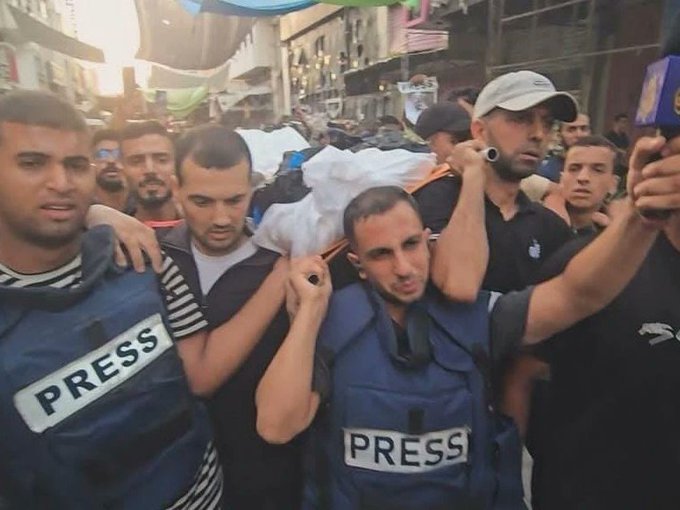
Iran's Retaliation
-
Assassination of Hamas Leader: The assassination of Hamas political chief Ismail Haniyeh in Tehran has sparked a wave of detentions in Iran and increased vigilance at airports, with Iranian officials suspecting Israeli involvement.
-
US Response: In reaction to increasing threats from Iran and its allies, the United States will strengthen its military presence in the Middle East. This includes deploying additional warships and fighter jets to protect US personnel and defend Israel.
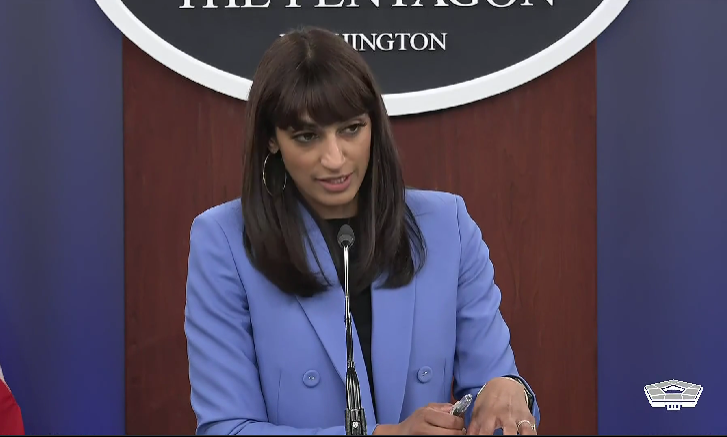
US military buildup
The United States will bolster its military presence in the Middle East, deploying additional warships and fighter jets to protect US personnel and defend Israel amid soaring tensions in the region. This decision follows threats of retaliation from Iran and its regional allies after the killings of a Hamas leader in Tehran and a Hezbollah commander in Beirut, heightening concerns of a wider Middle East conflict.
"The Department of Defence continues to take steps to mitigate the possibility of regional escalation by Iran or Iran's partners and proxies," deputy Pentagon Press Secretary Sabrina Singh said in a statement.
Since the horrific Hamas attack on Israel on October 7, the Secretary of Defence has reiterated that the United States will protect its personnel and interests in the region, including its ironclad commitment to the defence of Israel.
The USS Abraham Lincoln-led carrier strike group will replace the one currently led by the USS Theodore Roosevelt in the region. Additionally, Defence Secretary Lloyd Austin has ordered more ballistic missile defence-capable cruisers and destroyers to the Middle East and areas under US European Command, along with a new fighter squadron specifically for the Middle East.
Israel killed Hezbollah commander Fuad Shukr in Beirut on Tuesday, a move it said was a response to deadly rocket fire last week on the annexed Golan Heights. Hours later, Hamas leader Ismail Haniyeh was killed in the Iranian capital—an attack on which Israel has not yet commented.
For more on the Israel-Hezbollah conflict: Rising Tensions: Will the Golan Heights Attack Push Israel and Hezbollah Towards War?
A source close to Hezbollah told AFP that Iranian officials met in Tehran on Wednesday with representatives of the so-called "axis of resistance," loose alliance of Tehran-backed groups hostile to Israel, to discuss their next steps. "Two scenarios were discussed: a simultaneous response from Iran and its allies or a staggered response from each party," said the source, who had been briefed on the meeting, requesting anonymity to discuss sensitive matters.
In April, Iran carried out its first direct attack on Israeli soil, firing a barrage of drones and missiles after a strike blamed on Israel killed Revolutionary Guards at Tehran's consulate in Damascus. American forces helped defend Israel against the attack.
"As we have demonstrated since October and again in April, the United States' global defence is dynamic, and the Department of Defence retains the capability to deploy on short notice to meet evolving national security threats," Singh said.
The United States also remains intently focused on de-escalating tensions in the region and pushing for a ceasefire as part of a hostage deal to bring the hostages home and end the war in Gaza.
The Broader Impact
Continuous cycle of violence
The continuous cycle of violence is a prominent feature of the Middle East's geopolitical landscape. Historical context, US military support, the escalation of conflicts, civilian impact, regional destabilisation, and the US military presence contribute to this phenomenon.
Historical Context
The Middle East has been a region of conflict for decades, with various wars, uprisings, and political tensions shaping its history. The involvement of external powers, particularly the United States, has played a significant role in this dynamic. By providing military aid and war machinery to allies in the region, the US has often influenced the balance of power and the course of conflicts.
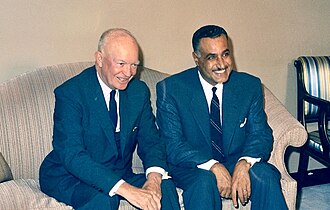
Eisenhower Doctrine Nasser and Eisenhower in New York, 1960
For more on US relationship with War, click : USA-Saviour Complex or War Profiteer
US Military Support
The United States has long been a major supplier of military equipment to countries in the Middle East, including Israel, Saudi Arabia, and Egypt. This support includes advanced weaponry such as precision-guided missiles, fighter jets like F-16s, Abrams tanks, and other sophisticated military hardware, showcasing the high-tech arsenal supplied by the United States. While intended to bolster the defence capabilities of these nations, this influx of arms often escalates conflicts rather than resolving them.
Escalation of Conflicts
When one side in a conflict receives substantial military support, it can lead to an arms race, with opposing factions seeking to match or surpass this firepower. This escalation often results in more intense and prolonged conflicts, with higher casualties and greater destruction. For example, the ongoing Israeli-Palestinian conflict sees periodic escalations, with each side responding to the other's actions with increased force.
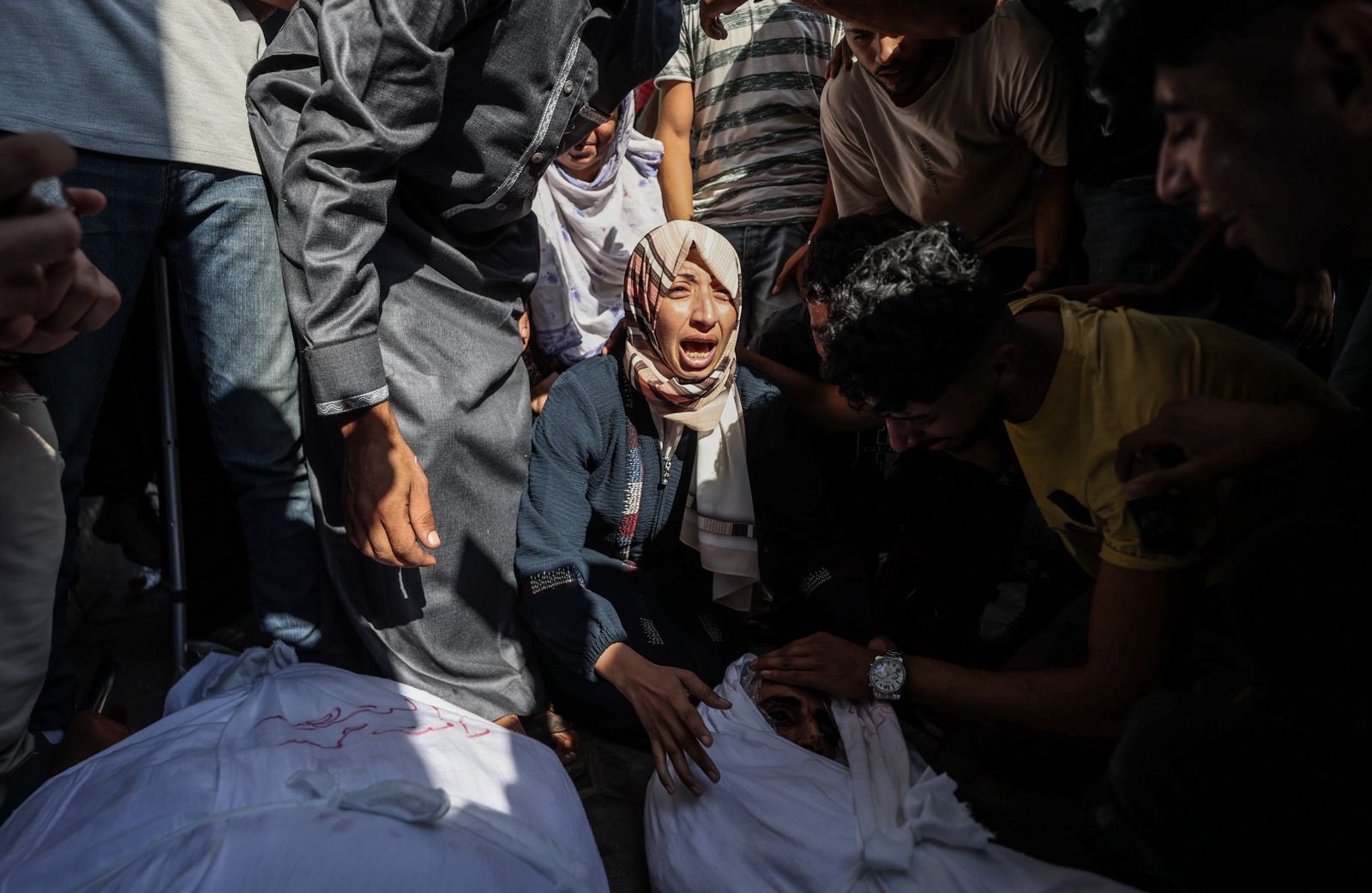
Civilian Impact
The continuous cycle of violence has devastating effects on civilian populations. In Gaza, for instance, Israeli airstrikes and artillery shelling frequently result in significant civilian casualties, including women and children. The destruction of homes, schools, and hospitals further exacerbates the humanitarian crisis, leaving many without shelter, education, or medical care.
Regional Destabilisation
The ripple effects of these conflicts extend beyond the immediate areas of fighting. Neighbouring countries often experience spillover effects, such as refugee influxes, economic disruptions, and increased security threats. The assassination of key figures, like Hamas political chief Ismail Haniyeh, can trigger retaliatory actions and further destabilise the region.
US military presence
The US military presence in the Middle East, including bases and deployed forces, is often seen as a provocative factor. While intended to protect US interests and allies, this presence can be perceived as an occupation or interference, fueling anti-American sentiments and insurgent activities. The recent decision to deploy additional warships and fighter jets in response to threats from Iran exemplifies this dynamic.
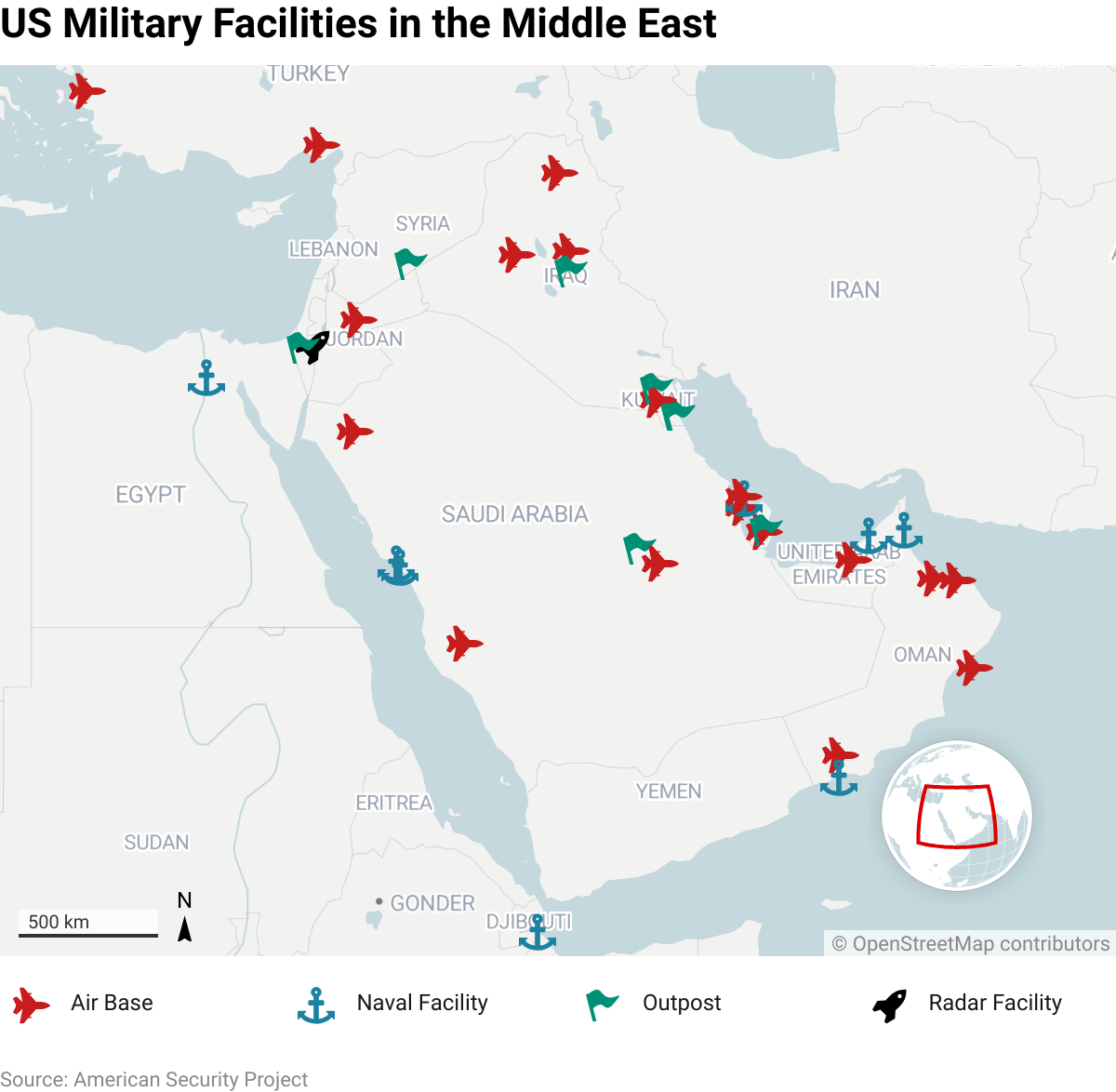
Vicious Cycle
The cycle of violence is self-perpetuating. As conflicts escalate, the demand for military support increases, leading to more arms sales and deployments. This, in turn, fuels further violence, creating a vicious cycle that is difficult to break. Efforts to achieve peace are often undermined by the ongoing flow of weapons and military interventions.
Humanitarian Crisis
The humanitarian crisis resulting from the continuous cycle of violence is dire. Displaced populations, lack of access to basic necessities, and widespread destruction of infrastructure contribute to long-term suffering. Humanitarian aid organisations struggle to provide adequate support due to the ongoing conflict and restricted access to affected areas.
Contribution of Arms Sales to the Cycle of Violence
Arms sales contribute significantly to the continuous cycle of violence in the Middle East. This aspect is evident in the escalation of conflicts, prolonging wars, civilian casualties, regional destabilisation, economic impact, and the empowerment of non-state actors.
Escalation of Conflicts
Arms sales to the Middle East often lead to an escalation of conflicts. When one country or faction receives advanced weaponry, it prompts rival groups to seek similar or superior arms to maintain a balance of power. This arms race intensifies conflicts as each side becomes more capable of launching and sustaining military operations.
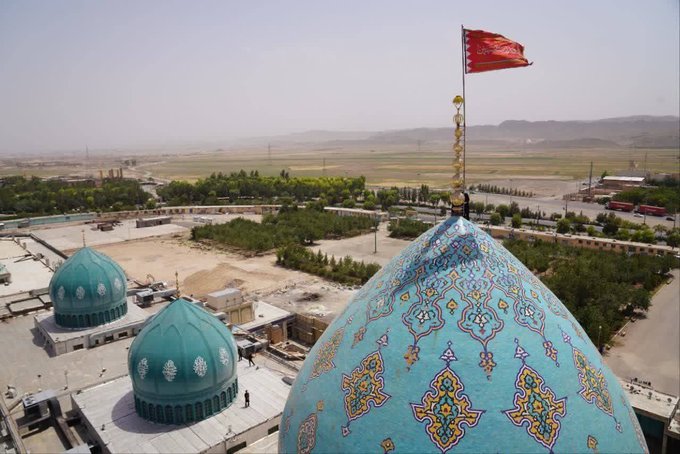
Prolonging Wars
The influx of arms can prolong conflicts by providing the means to continue fighting. For example, the Syrian civil war has seen various factions receiving arms from different countries, which has extended the duration and increased the complexity of the conflict. The availability of weapons allows warring parties to sustain their operations, making it harder to reach a peaceful resolution.
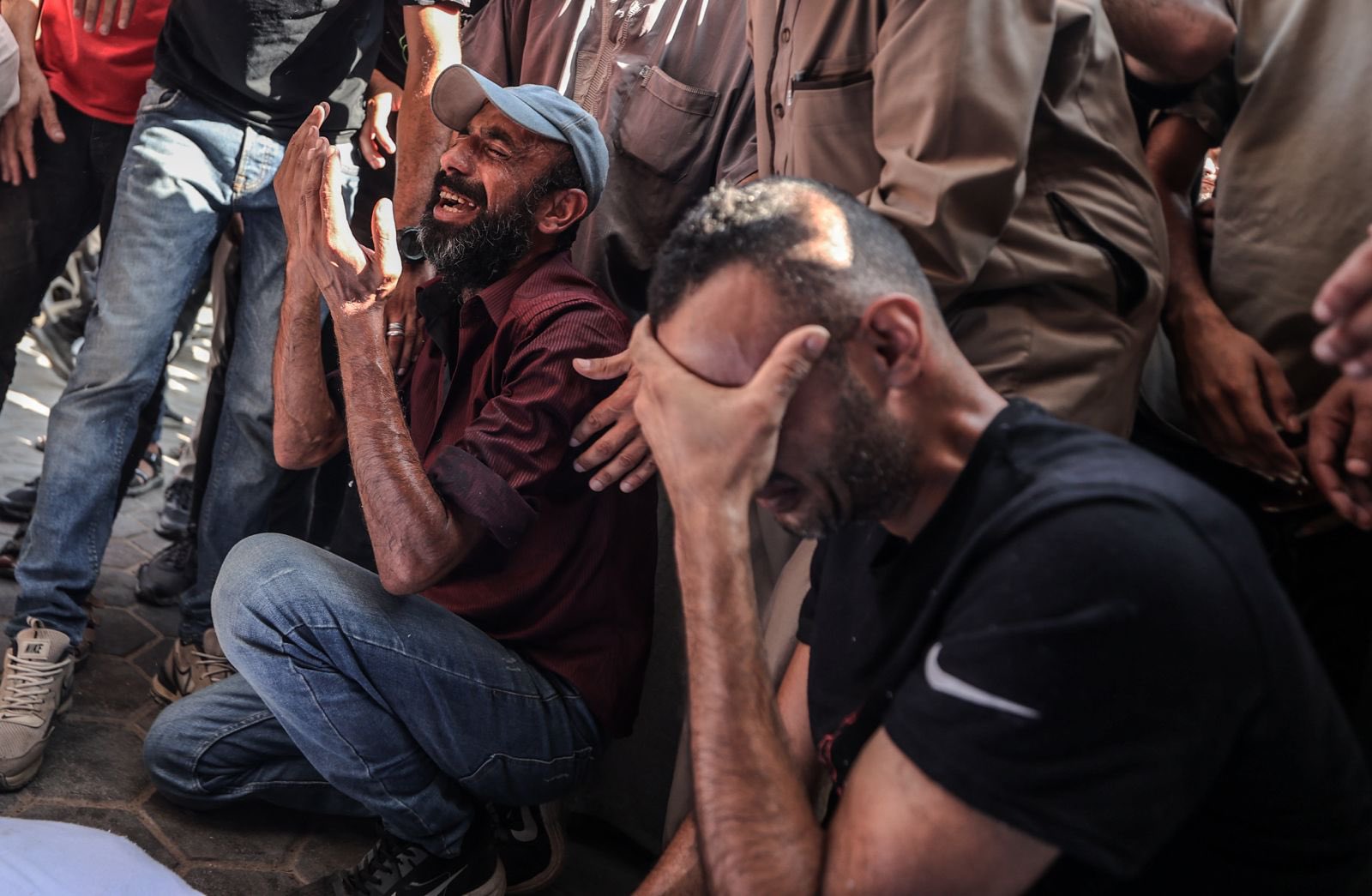
Civilian Casualties
Arms sales contribute to higher civilian casualties. Advanced weaponry, such as precision-guided missiles and drones, can cause significant destruction when used in populated areas. The ongoing conflict in Yemen, where both sides have received substantial military support, has resulted in a humanitarian crisis with thousands of civilian deaths and widespread suffering.
Destabilisation of Regions
The proliferation of arms can destabilise entire regions. For instance, the rivalry between Saudi Arabia and Iran has led to both countries arming proxy groups across the Middle East. This has fueled conflicts in countries like Yemen, Syria, and Lebanon, creating a web of interconnected wars and insurgencies.
Economic Impact
The economic impact of arms sales is also significant. Countries in the Middle East often allocate substantial portions of their budgets to military spending, diverting resources from essential services like healthcare, education, and infrastructure. This can exacerbate poverty and social unrest, further destabilising the region.
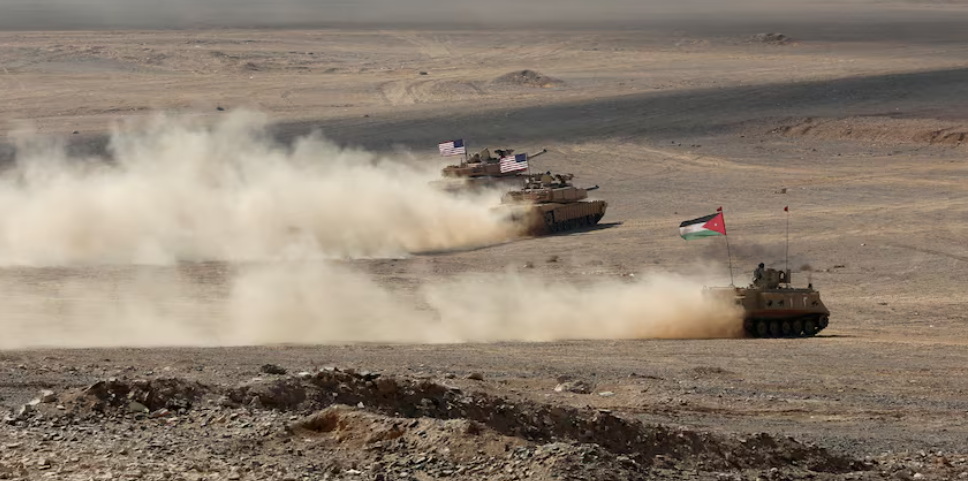
Empowering non-state actors
Arms sales can empower non-state actors, such as militant groups and insurgents. These groups often acquire weapons through illicit channels, which are sometimes indirectly supplied by state actors. The presence of heavily armed non-state actors complicates conflict resolution efforts and increases the likelihood of prolonged violence.
Conclusion
America's continued intervention and the provision of war machinery in the Middle East perpetuate the region's instability. The historical context, US military support, the escalation of conflicts, civilian impact, regional destabilisation, and US military presence all contribute to a continuous cycle of violence. Additionally, arms sales escalate conflicts, prolong wars, increase civilian casualties, destabilise regions, impact economies, and empower non-state actors.
Breaking this continuous cycle of violence requires a fundamental shift in strategy. Reducing military support and focusing on diplomatic solutions, humanitarian aid, and conflict resolution initiatives could pave the way for a more stable and peaceful Middle East. Addressing the root causes of conflicts and prioritising the well-being of civilian populations is crucial for improving the prospects for a more stable and peaceful region.
With inputs from agencies
Image Source: Multiple agencies
© Copyright 2024. All Rights Reserved Powered by Vygr Media.

